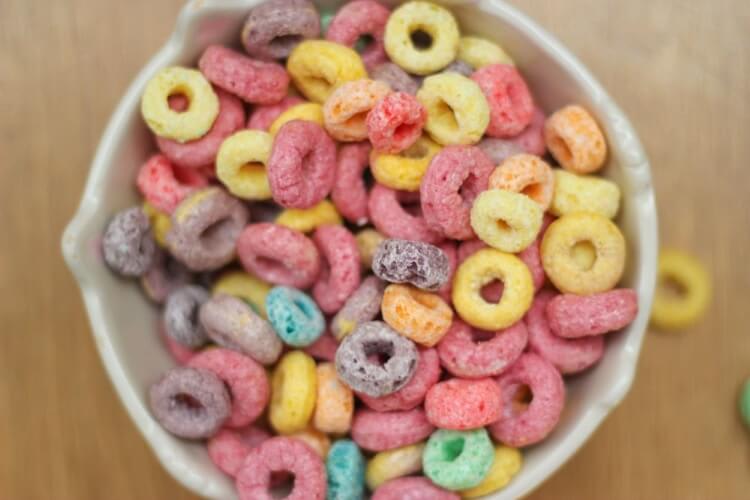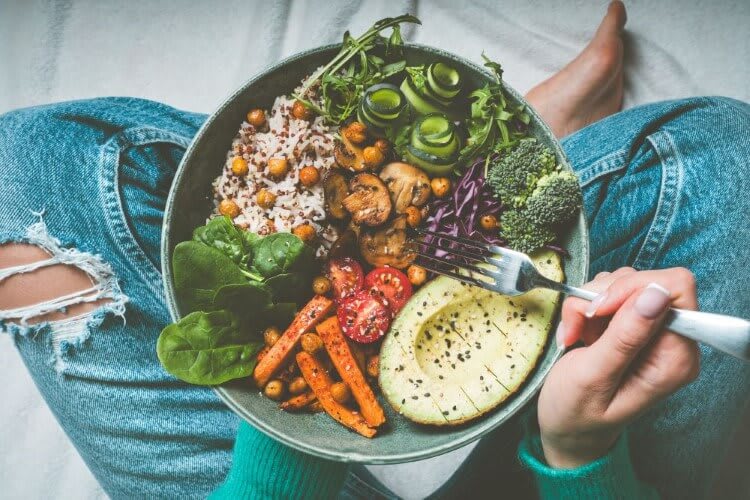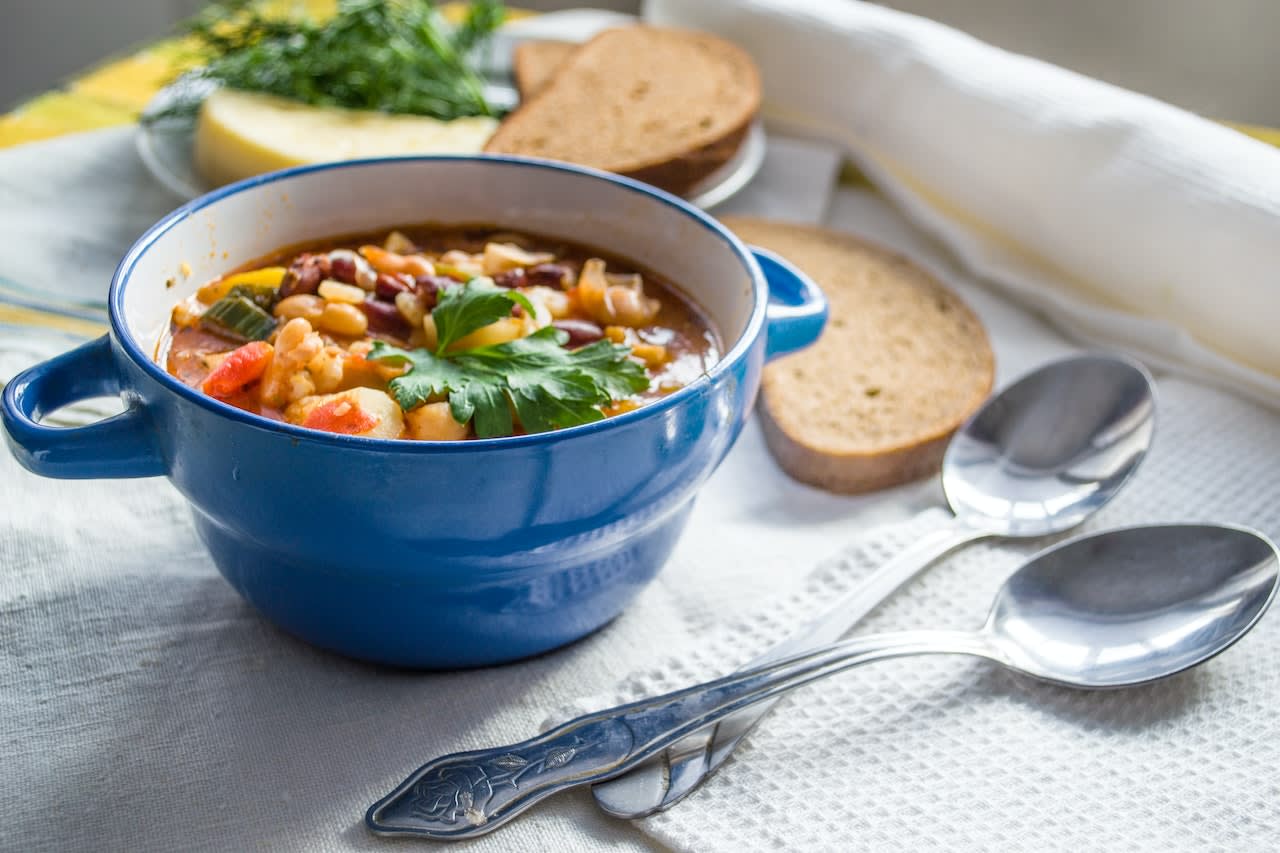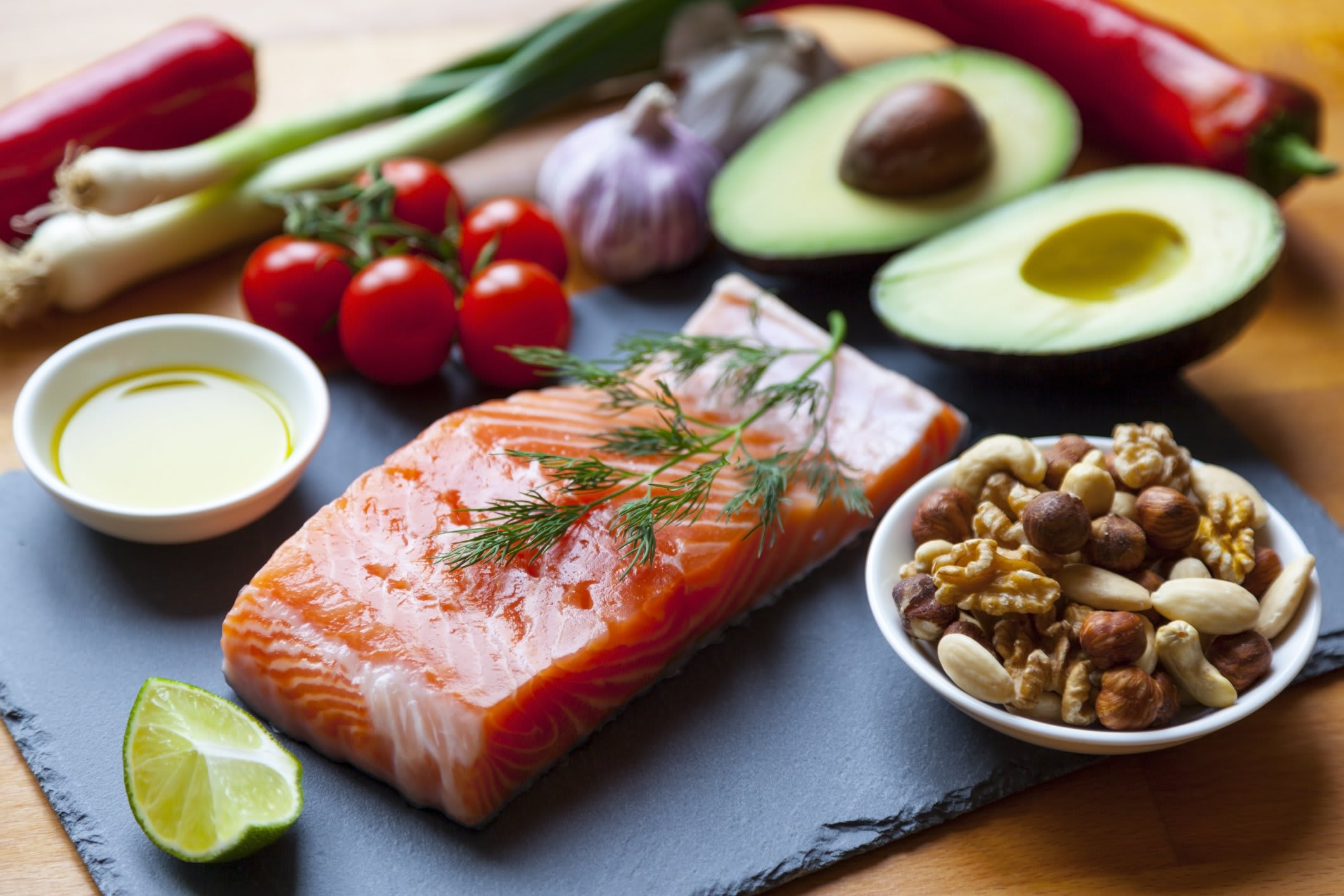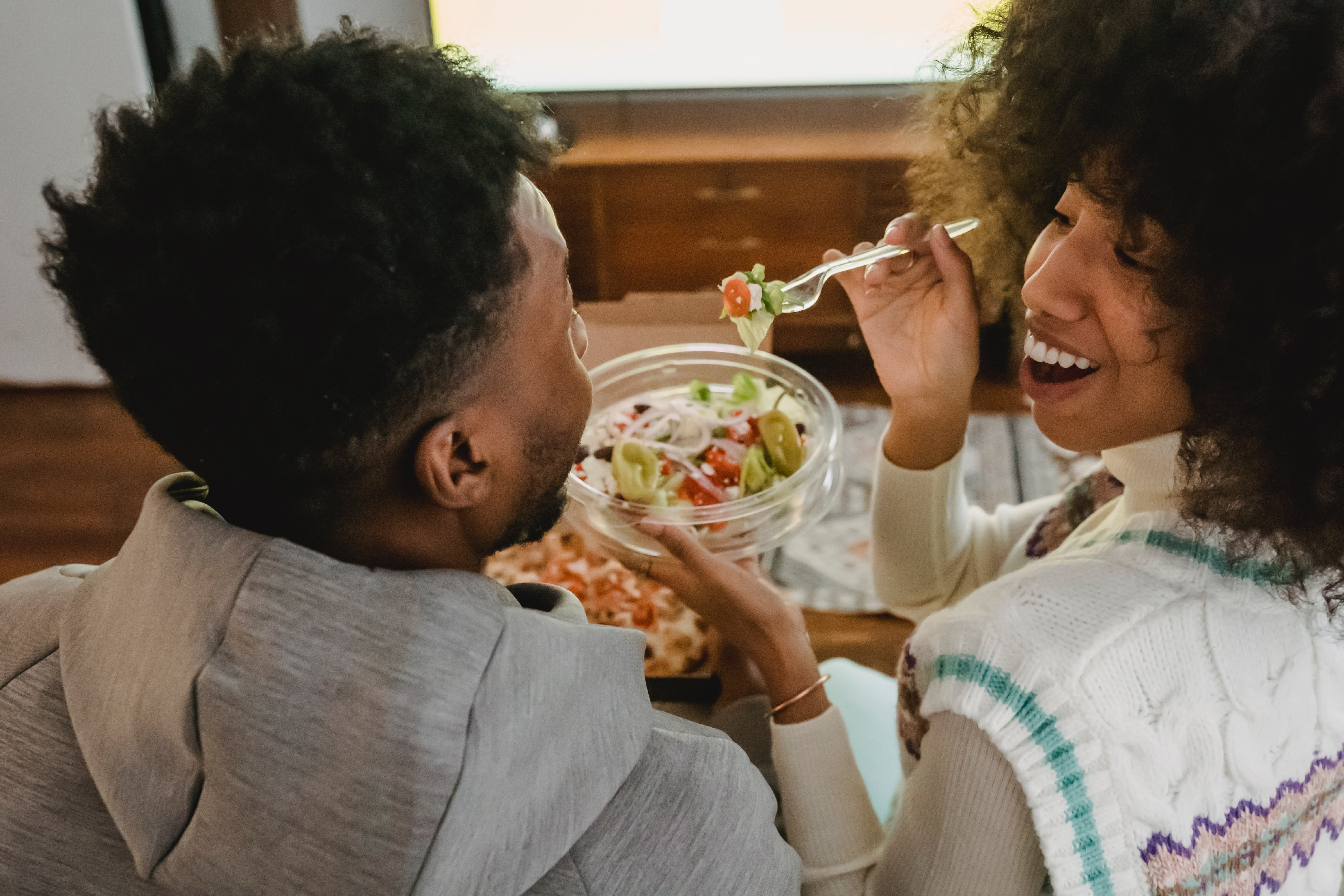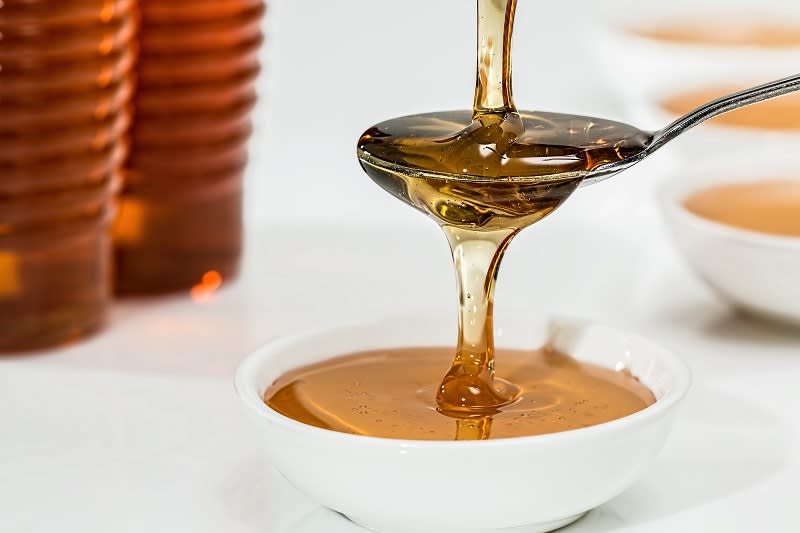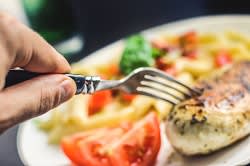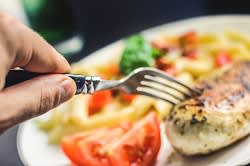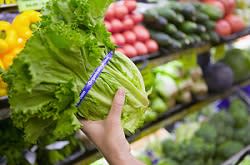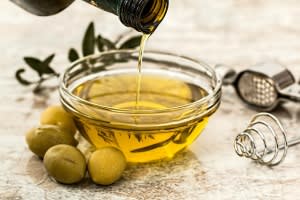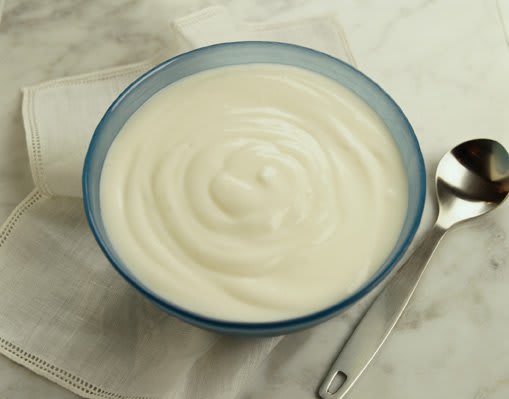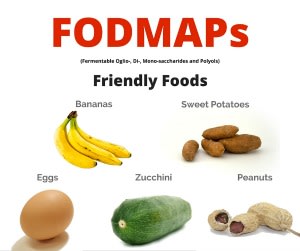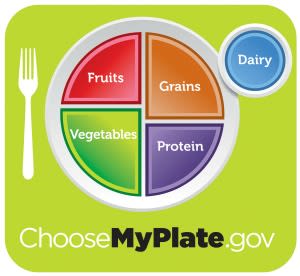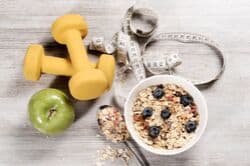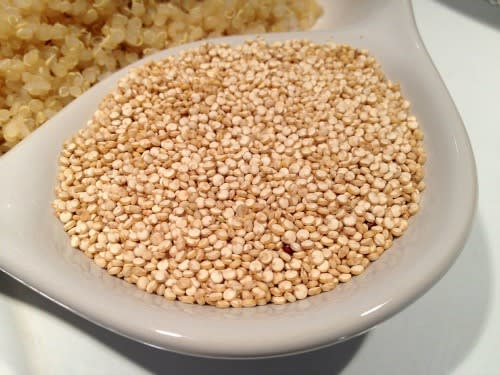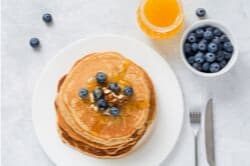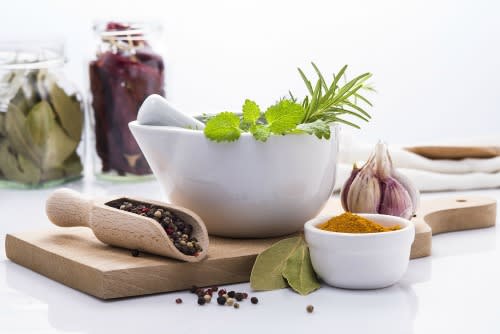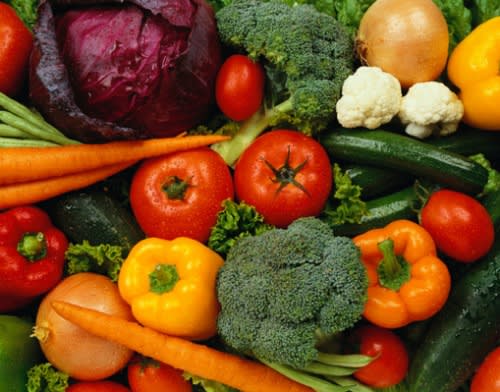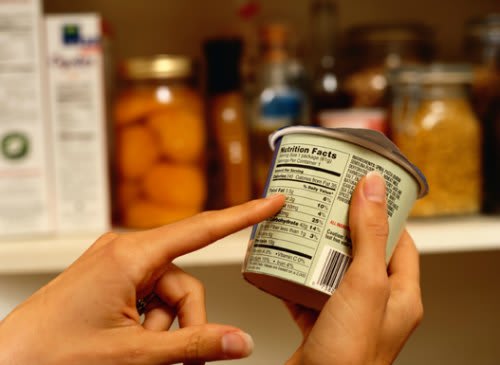School Lunch Made Easy and Healthy
Published: October 04, 2021l
Ilaria St. Florian, MS, RD
Breakfast is not the only important meal of the day. Here are some expert tips from Stamford Health registered pediatric dietitian, Ilaria St. Florian, for making lunches easy and healthy.
Lunch sets the tone for a productive school day.
When kids eat a healthy lunch, they have more energy and focus to get through their school day. This added stamina often leads to better school performance and test scores.
Whether your child is packing their own lunch or buying it in the cafeteria, the criteria for selecting a healthy and balanced meal remains the same: try and get all 5 food groups (or a minimum of 3) on the tray, plus water. Sticking to this can go a long way in preventing obesity in children.
 What should I put in my kid's lunchbox?
What should I put in my kid's lunchbox?
With the start of school and more meals being consumed outside of the home, it’s a good time to review the healthiest options within each food group.
Opt for whole grains, lean or plant-based proteins, a colorful array of fruits and vegetables, and low-fat dairy or milk alternatives.
To build a healthy school lunch, select one item from each food group below:
Grains:
- 100% whole wheat bread, pita or tortilla
- Whole grain pasta, brown rice or quinoa
- Whole grain crackers
- Whole grain pretzels
- Low-fat popcorn
Protein:
- Sliced chicken, turkey or lean ham
- Tuna fish
- Nuts or nut butters (some nuts may not be allowed in schools due to allergies)
- Pumpkin or sunflower seeds
- Hummus
- Hard-boiled eggs
- Beans, peas lentils and edamame
Vegetables:
- Baby carrots
- Celery sticks
- Raw broccoli
- Cauliflower
- Sliced cucumbers
- Bell pepper strips
- Sugar snap peas
- Cherry tomatoes
- Side salad
- Tomato or vegetable juice
Fruits:
- Apple or pear slices (toss with lemon to avoid browning)
- Grapes
- Berries
- Cherries (careful of the pit)
- Cubed melon
- Small banana
- Clementine
- Plum
- Unsweetened applesauce
- Canned fruit in natural juices, or dried fruits
Dairy:
- Low-fat (1%) or skim milk
- Unsweetened non-dairy milk like soy, rice, almond, oat or coconut
- Low-fat yogurt
- Drinkable yogurt or kefir
- String cheese
- Cottage cheese
- Low-fat pudding
And when it comes to staying hydrated...
Pair their food with either water or low-fat milk.
What about the occasional "junk food" treat?
Remember, foods high in fat, sugar and/or salt, often referred to as junk foods or treats, are considered “sometimes” foods, and should be limited to just a few servings per week. Examples include fried foods, soda, donuts, cake, candy, and ice cream.
Planning ahead and knowing how to distinguish between everyday versus sometimes foods, is the best way to ensure a healthy, and delicious, school lunch.
A little team effort goes a long way!
When kids are involved in planning their meals, they are more likely to take ownership of their decisions and make healthy food choices. If packing a lunch, shop for foods together and have an assortment of healthful options at home to choose from. If buying lunch, review the online cafeteria menu together the night before and plan out a healthy lunch for the following day.
Featured Expert/ Author


